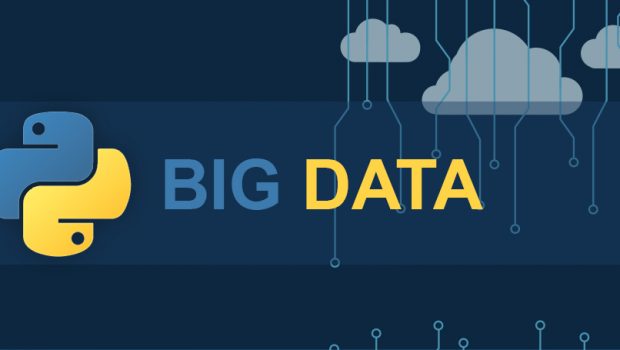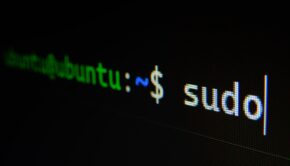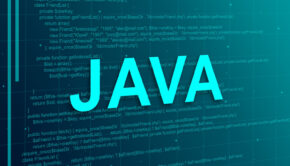Why Python and data science is the ultimate combination for a career in big data
As is the case with every space in technology that is on the cusp of a boom, the various tools and techniques to carry out its functionalities start expanding at a fast pace as well. Similar to the heydays of application development that saw a literal explosion of a new language every few years, today a case can be made for the space of big data and data science. Keeping up with such rapid changes and technology advancements can be problematic not just for professionals but even for organizations that have invested heavily in data science and have the responsibility of choosing the right language for their business.
SAS, Java, R and a few other languages are the big players in this field. But before choosing a technology to implement, multiple aspects, from the availability of professionals to the ability and ease of inevitable migration or refactoring during the process of project development need to be taken into account. With all things considered, various organizations and software professionals swear by Python and its applications for data analysis. A Data science with Python training program can make you a professional who is highly preferred in the industry and can deliver on what’s needed. Here’s why.
A democratic solution to data visualization
Let’s begin with the weakest aspect of Python, which is where other languages, especially the R programming language, tend to perform better. Data is acquired in numbers and metrics in its raw form. For that data to be turned into information that can be easily discernible by stakeholders and businesses, visualization plays a key role. While R is majorly preferred for its obvious strength in this regard, Python has caught up in the best way possible as well.
The ability of Python to make use of various libraries and open APIs has let multiple visualization tools enhance its ability. Creating ClickView tableaus, complex data visualization patterns, detailed plot graphs, network structures, and many more visuals is all possible in Python now. Furthermore, the popularity of Python means that other professionals within the company would be able to understand the code easily. This creates a democratic process where multiple departments within the company can create visualizations and provide a better communication channel internally for granular data.
Availability of add-on packages for enhancements
One of the reasons why organizations choose competitive programming languages in the big data space is because they have large feature sets that come along with them. It’s a great strength to have since the applications can be endless. Python is majorly a general-purpose language. But this foundational strength is further accentuated, thanks to its ability to plug in various packages that can work together in tandem to make it powerful.
Tensorflow, Pybrain, Scipy, and tons of other packages are well-known within the Python data science community. Some of them allow you to run your code in a different environment for faster execution. Others allow for SQL queries to traverse the database. There are also packages that bring other machine learning abilities to the Python world including artificial intelligence and neural network algorithms, statistical functionalities, data structure manipulators, and advanced numerical analysis capabilities, as and when required. All of these together make Python a lot more powerful than any other software.
Compatibility with big data platforms
Big data platforms provide the stage for acquiring the best results of big data analysis. The highly popular Hadoop is widely used in the big data world, due to its open-source nature and features. Where most of the other programming languages can fall short, Python rises to the top since it is extremely compatible with the Hadoop platform.
The Pydoop package allows for access to the Hadoop platform via its file system API. This makes it possible to create a bridge between your program and the platform, allowing access to the file structure. Once the connection has been established, a lot of complex functionalities can be resolved and executed with ease, along with substantial big data-specific approaches that help in retrieving better patterns and presentable solutions.
Concise, compact and clear to use
Big data is growing big and growing fast. The technology market is extremely competitive and delivering a solution to the market as quickly as possible is what can change the tide in someone’s favour. A lot of big data companies face this problem since most of the programming languages are extremely difficult to learn and take a while to achieve proficiency in. But not Python.
Python brings with itself two major advantages. It is the perfect language to start with for any person, due to its high level of readability and comparatively smooth learning curve. With newer platforms, it has increased processing speed with simpler coding techniques that allow for a more collaborative approach to problem-solving. Supported by a large community of developers, you can be assured of finding solutions for any problems that you run into.
Choosing a Data Science with Python course helps you kill two birds with one stone. Not only will you be proficient in one of the most general purpose and powerful programming languages out there, but with an understanding of big data applications, you will have the perfect combination to be in the spotlight of major recruiters in the market.
















